
Giving attribution to the marketing channels that bring in callers is a must for maximizing ROI. Call tracking software is designed to identify where callers come from, so you know which marketing strategies are working and which ones aren’t. By spending a little upfront, you can drive more revenue in the long run.
Call tracking platforms come in all flavors, from basic and easy to advanced and powerful. Here’s a look at a few of the areas that make my top picks different from one another.
| Best for | Starting price | Free trial | Keyword spotting | IVR | Integrations | |
|---|---|---|---|---|---|---|
| CallRail | Best overall | $45 per month | 14 days | Some plans | Add-on | 33 + Zapier |
| Invoca | Multi-touch attribution | Custom quote | Demo only | Add-on | Some plans | Add-on |
| WhatConverts | E-commerce | $30 per month | 14 days | All plans | Some plans | 1,000+ |
| CallTrackingMetrics | Call center call tracking | $65 per month | 30 days | Some plans | All plans | 46 + Make and Zapier |
| Infinity | Omnichannel tracking | $199 per month | Demo only | Top tier only | Add-on | 27 |
When it comes to call tracking software that truly has it all, it’s hard to beat CallRail. It offers streamlined call attribution, so you know exactly how callers find you and you can quickly compare channels side-by-side to see which campaigns have the most impact.
CallRail helps you track every touchpoint in the marketing funnel. With visitor-level tracking, you can see what happens before someone calls your business from a deeper, big-picture perspective. And with advanced analytics, you can ensure your decisions are always fueled by 100% objective data. This, along with IVR analytics, is a potent combination. Despite its power, CallRail is one of the more affordable options on my list.
All plans include five free local numbers, 250 local minutes per month, and 100 text messages per month. Plans with form tracking include 1,000 submissions and those with transcriptions include 7,500 complimentary minutes.
SEE: Why Career Road Maps Attract and Retain Support Technicians (TechRepublic Premium)
Each additional local number is $3, extra local minutes are $0.05 each, toll-free numbers are $5, toll-free minutes are $0.08, and extra texts are $0.016 each.
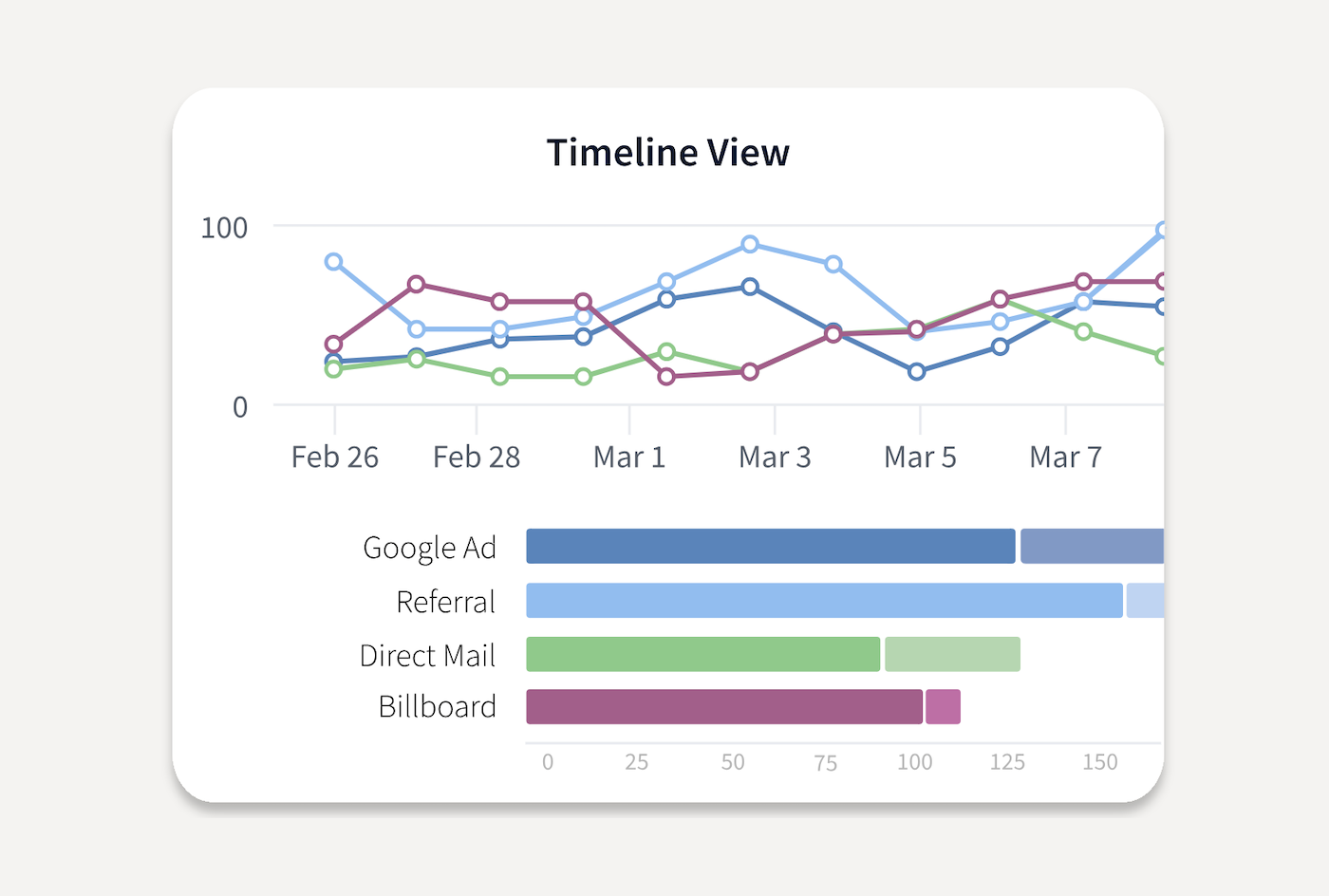
| Pros | Cons |
|---|---|
|
|
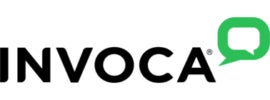
While most call tracking tools offer multi-touch attribution, it’s Invoca’s bread and butter. Understanding every touch point is key to a higher volume of quality leads and getting the most of your marketing budget — working with a provider that specializes in it gives you all of the top-tier tools you need to do it well.
I’m impressed with how Invoca uses advanced AI to instantly measure the quality of each lead. Using Signal AI, which features cutting-edge voice biometric technology, you can distinguish casual callers from those with a strong likelihood of buying. From there, you can decide who to prioritize. I also like that it makes it easy to recover lost sales opportunities. Say someone has serious intent to buy calls but you don’t answer — Invoca will notify a manager so you can follow up right away.
Invoca offers custom pricing. For brands and agencies, there are three plans:
Each plan also comes with different features. As you go up to higher tiers, you get more of the add-ons at no extra cost. There are also pay-per-call and affiliate marketing plans for performance marketers, including:
You can enhance either plan with AI, QA, customer journey, and integration add-ons.
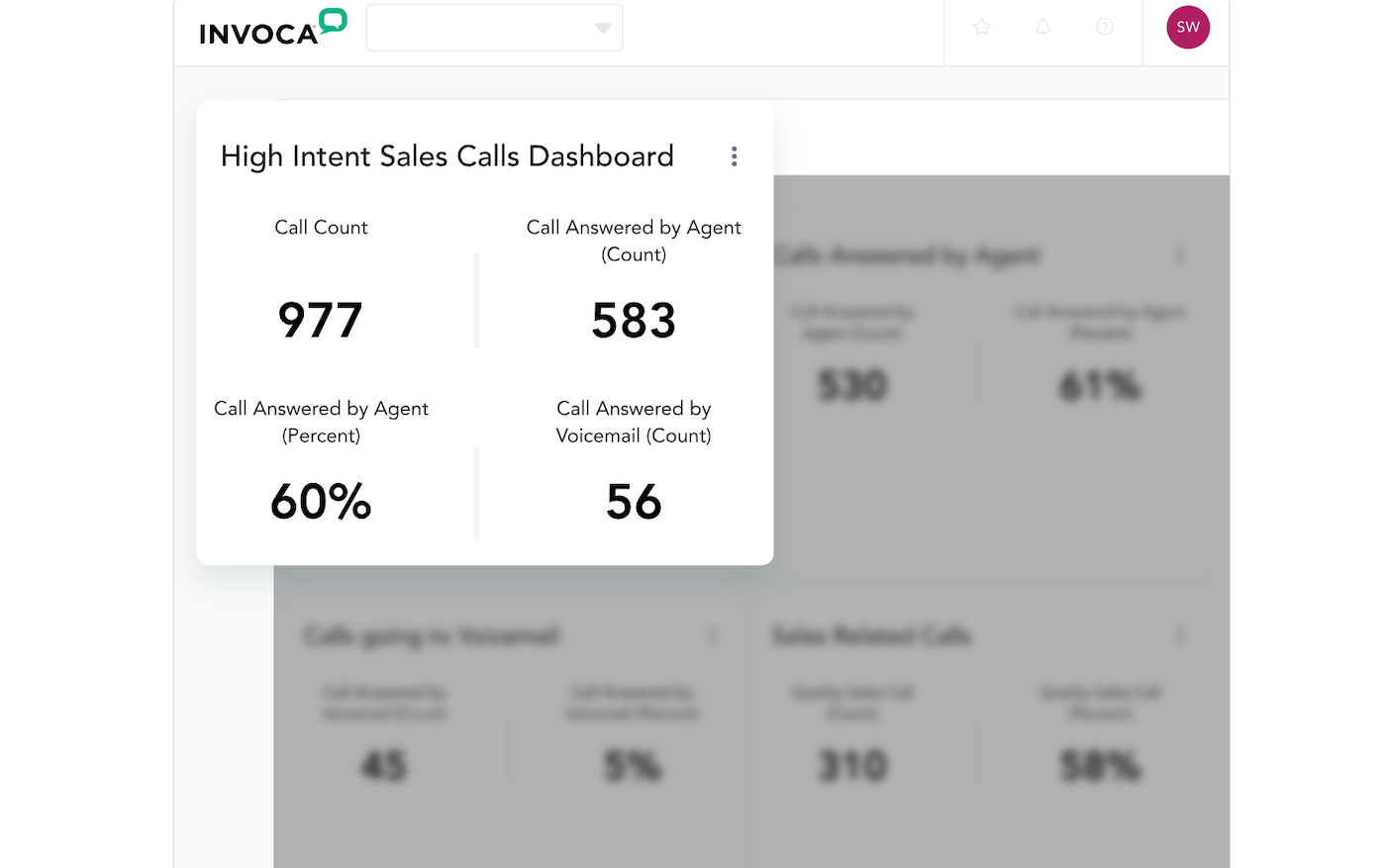
| Pros | Cons |
|---|---|
|
|

WhatConverts works well for call, chat, text, and form tracking. It also integrates with numerous e-commerce platforms, including WooCommerce, Shopify, Squarespace, and BigCommerce. That, paired with its ability to append marketing data to orders for full context into the customer journey, makes it a great choice for e-commerce stores.
SEE: 6 Best Contact Center CRM for 2024 (TechRepublic)
It goes beyond call tracking, covering additional channels that matter for e-commerce. On top of that, its local numbers are cheaper than others, it includes unlimited users on every plan, and it comes with complete lead management capabilities no matter what you pay.
Every plan includes $30 of free usage credits and a 14-day free trial to see if it’s right for you. Every plan offers what you need to track calls for a single business, which is great. The higher you go, the more channels you can track and the more intelligence tools you get.
SEE: Nextiva vs RingCentral (2024) – Which One Is Best for Your Business? (TechRepublic)
There are also dedicated plans for agencies with unlimited accounts so you can use them to track calls for as many clients as needed. These plans include:
Each tier covers call, form, text, and chat tracking. Local numbers for agencies are the most affordable I’ve seen, at just $1.75 each. However, white labeling the solution is an additional $50 per month.
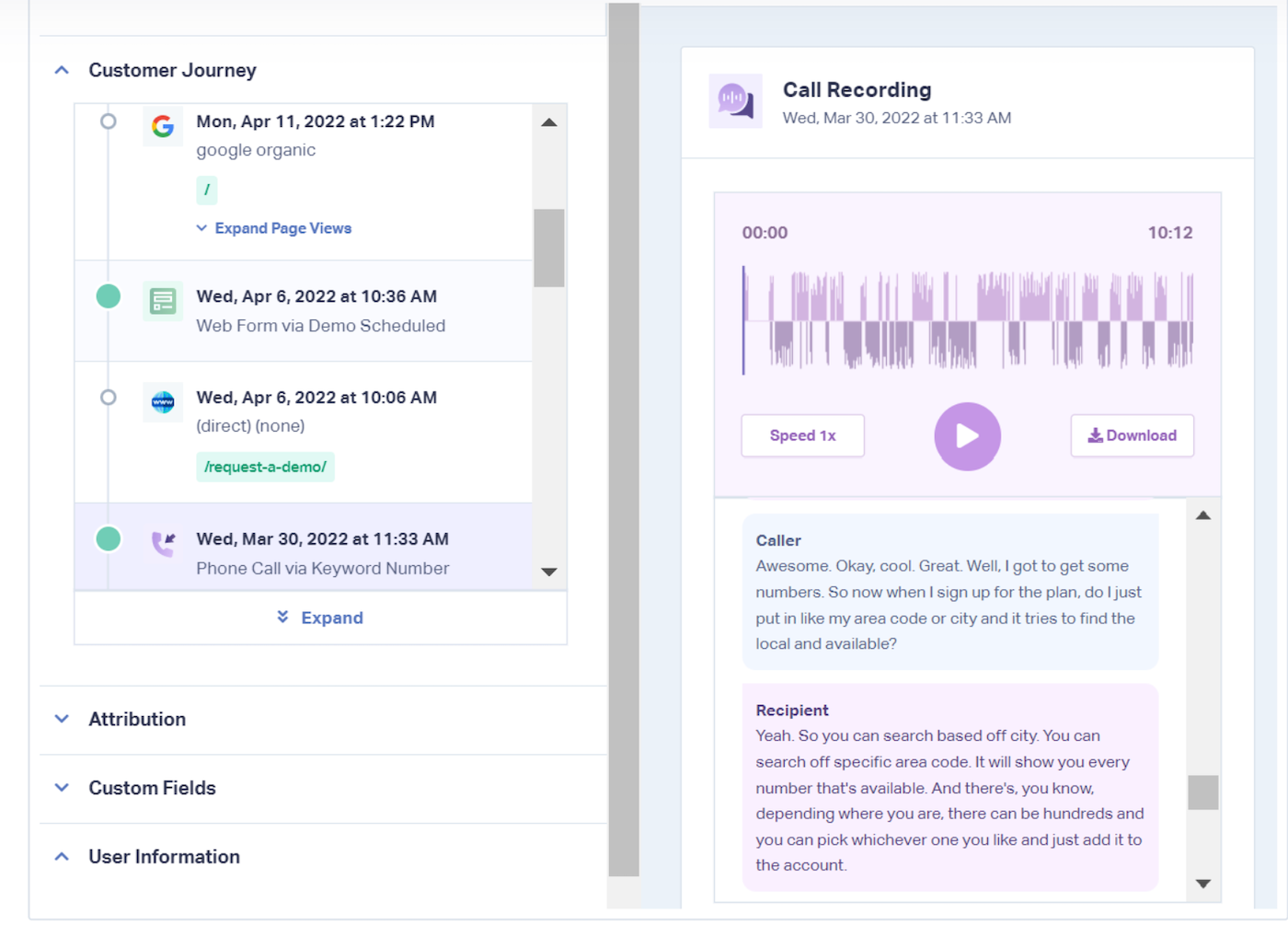
| Pros | Cons |
|---|---|
|
|

CallTrackingMetrics is great for lead management and advanced call routing capabilities, making it a solid choice for contact centers. Not only can you seamlessly assign attribution to each call, you can simultaneously qualify leads and close more deals. Plus, there are built-in coaching features that allow you to maintain call detail records so you can review calls and provide agents with scores to quantify their performance.
I was initially put off by the high price tag but came around once I realized how powerful CallTrackingMetrics can be for the right teams. It can help improve sales efficiency with lead qualification capabilities, a smart dialer, and real-time monitoring, which aren’t usually available with simpler call tracking tools.
Every plan includes unlimited users, manual call scoring and tagging, call and text attribution, IVR routing, recording, and basic integrations. As you upgrade to higher tiers, you’ll get AI capabilities, web form tracking, white label options, lead triggers, auto dialing, and dynamic call scripts.
SEE: How to Record a Phone Call on Android in 5 Ways (TechRepublic)
It’s one of the most advanced options on the list, which is reflected in its higher price tag.

| Pros | Cons |
|---|---|
|
|
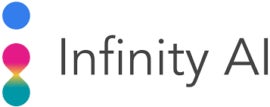
Most call tracking software platforms allow you to track multiple channels. But if you truly want a holistic overview of where your callers are coming from and how the pieces fit together, it’s hard to beat Infinity. Your website, search engines, videos, landing pages, webinars, emails, and even e-books can all be easily tracked with this platform. While it may not have the same volume of features as other call tracking software, the ability to track virtually every channel you can imagine is what makes it shine.
With it, you’ll be able to see what led to a conversion. But it goes further than that — you can also see what happened before that as well as what happened after. Say a caller heard about you through one of your PPC campaigns, clicked on your landing page, visited your website for more information, and went to your contact page to call you. After the call, they went back to your website to do more digging. You’ll know exactly where they went and what they saw every step of the way.
Rather than charging per minute like other call tracking tools, you can have longer conversations without paying the price since you pay per call. Infinity offers targeted plans for marketers, sales, contact centers, customer service, and compliance teams.
SEE: What Is the Best Dialer for My Call Center? (TechRepublic)
Each one is optimized around the use case, with different features being available at different tiers.
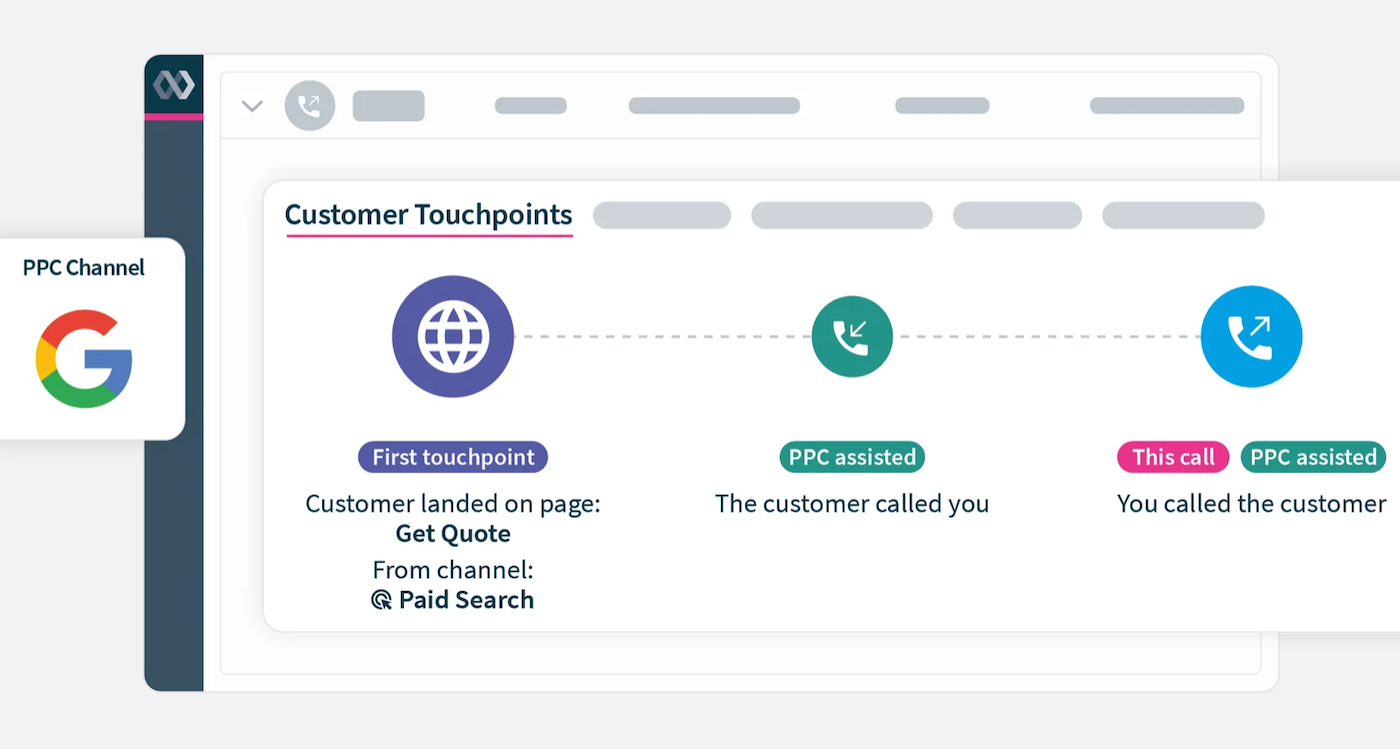
| Pros | Cons |
|---|---|
|
|
I recommend working backwards — start with understanding your customer journeys and what channels they use to find your business. This should include every channel you’re currently using, from e-books and your website to affiliate marketing and PPC campaigns.
From there, you can immediately narrow your choices based on the attribution channels you need to keep track of. At this stage, I also suggest taking an honest look at what you can afford.
Can you realistically raise the cost of customer acquisition and still make a profit? If so, how much? This is an important consideration when defining your budget.
Once you’ve narrowed it down to a few providers, you should schedule demos and free trials to see how they work and make sure they can do everything you need. At this point, it’s mostly a personal preference as to which interface you prefer.
The main reason I chose these particular brands is because they all provide accurate call attribution across a wide range of channels. While the features and pricing vary, they all deliver real value.
More specifically, I looked at: